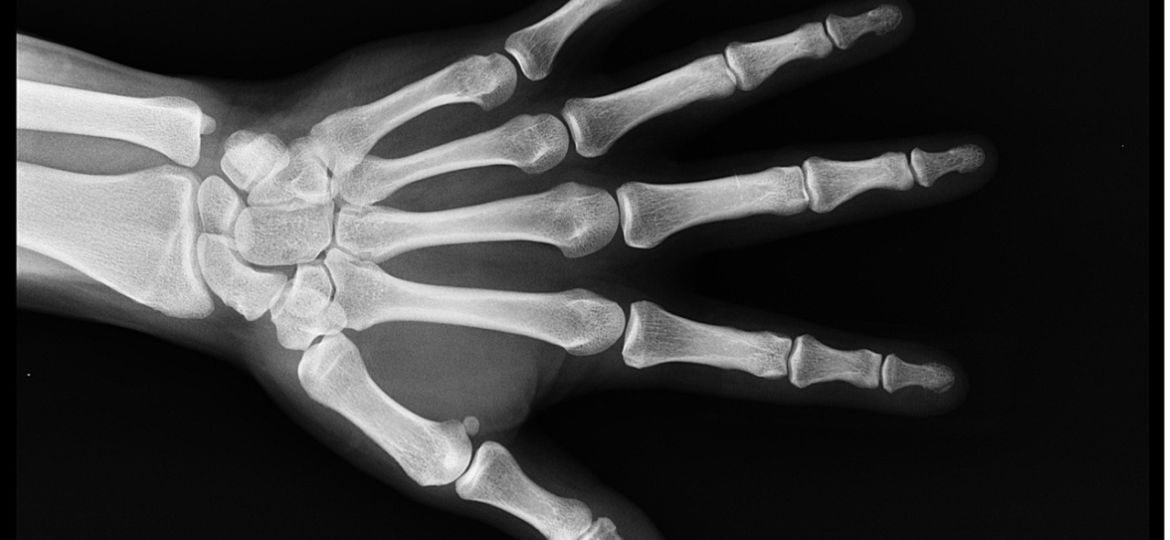
Since 1912, with William O Sherman’s idea to use screws to heal bone, bone screws have been in constant use. Since then bone screws have become much more unique. But before we get into the different types of bone screws, let us outline the functional purpose of them.
What are Bone Screws For?
The primary objective of a bone screw is to help a bone heal in the proper orientation. They use compressive forces to mend bones in proper alignment. This can help the bone heal much faster and in the proper place.
Bone screws are usually named after the type of bones they screw into.
Cortical Bones – These are the dense outer layers of bones that are meant to protect the internal cavity of a bone. Most of the body contains this type of bone, about 80%. They have low pitch, meaning the distance the thread moves as it turns. They are designed to have a greater purchase inside the cortical bone.
Cancellous Bones – These bones are much softer than cortical bones. They are the spongy bones found at the tips of other bones. The screws that thread into cancellous bones are longer, with a longer pitch, However these screws can also be partially threaded.
Types of Material
Bone Screws come in stainless steel, titanium, and bio-absorbable materials. The stainless steel screws are mainly used for cortex bones. However, titanium are great for treating mandible fractures, and also are at lower risk of causing infection than stainless steel.
Bio-absorbable materials, polyactic acid, and polyglicolic acid do not need to be removed because they are absorbed by the bones. However this can sometimes cause growth reactions in the bones.
There was some information on the types of bone screws. Visit our website at tobyortho.com to get the best in orthopedic bone screws and other tech for your office today!

